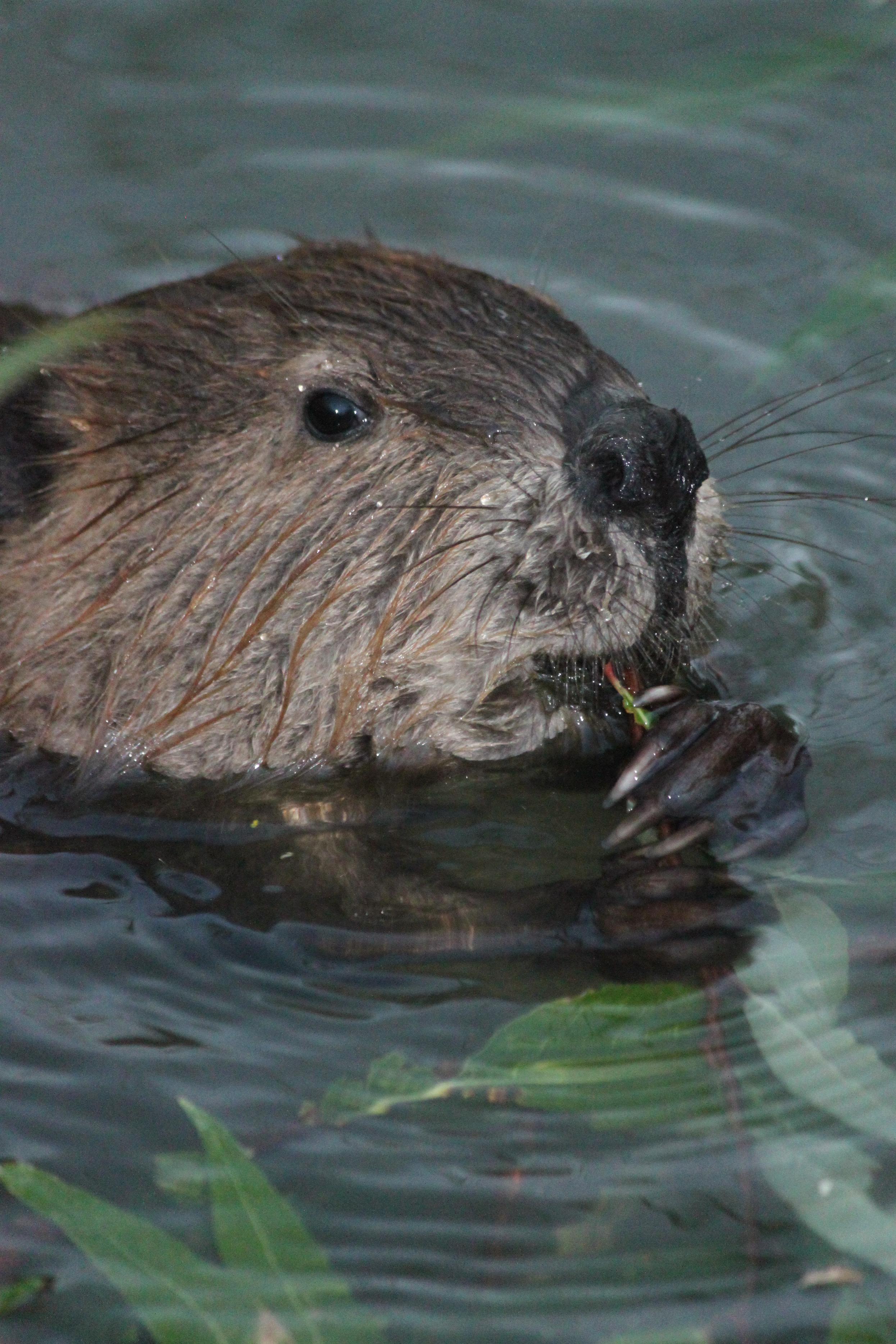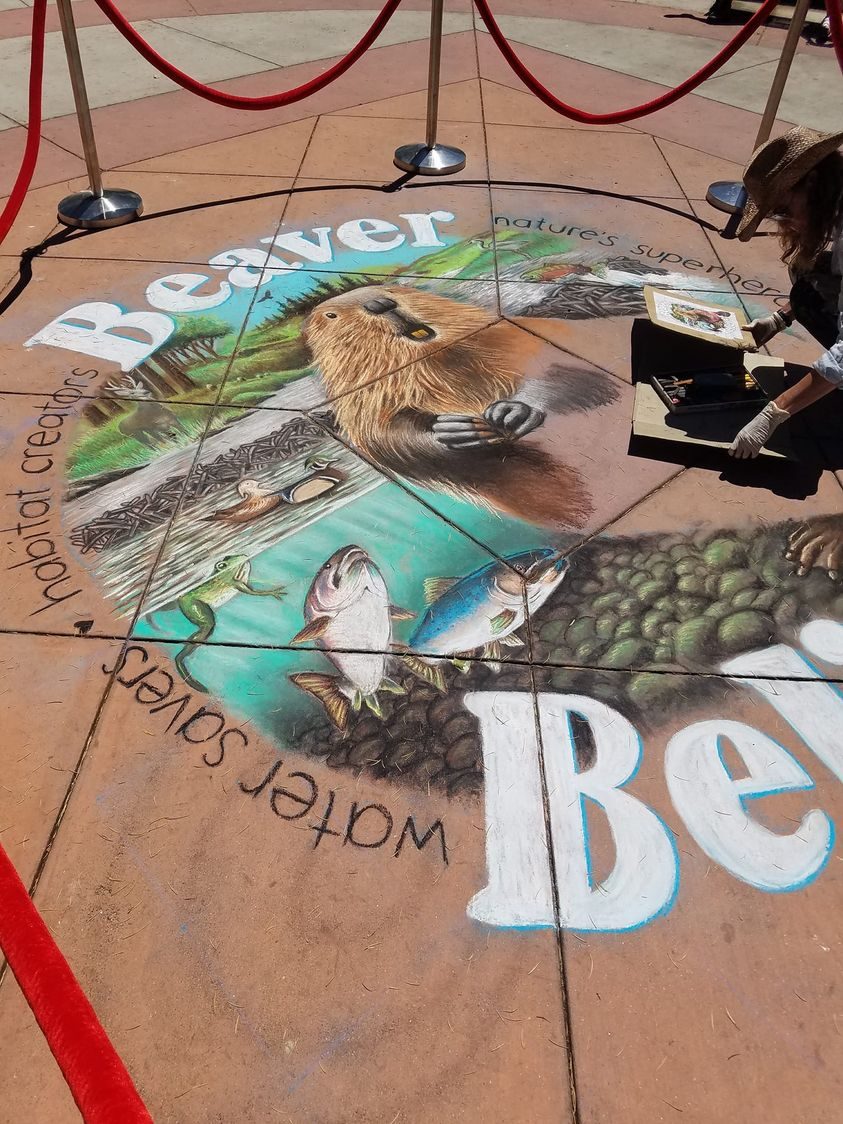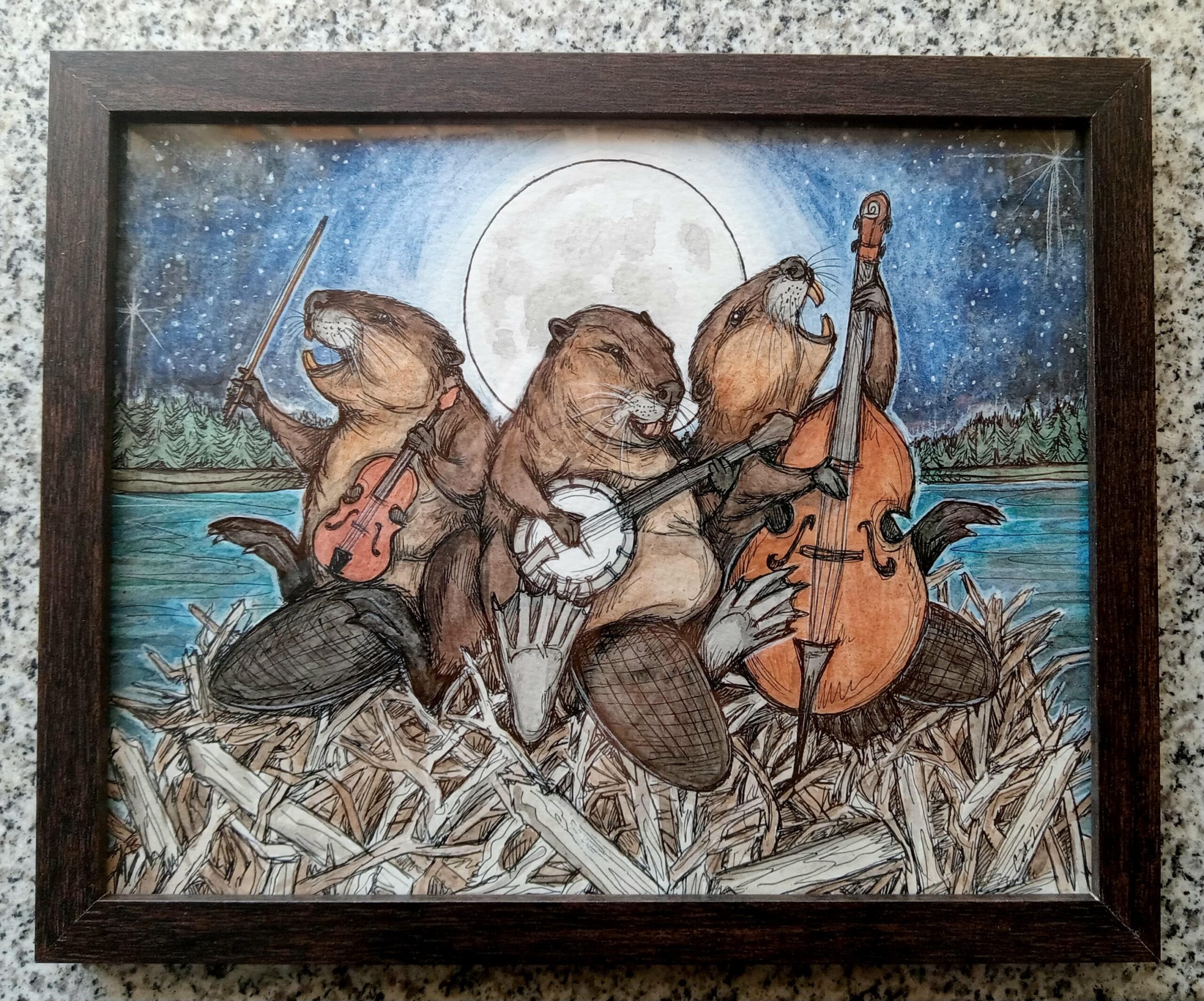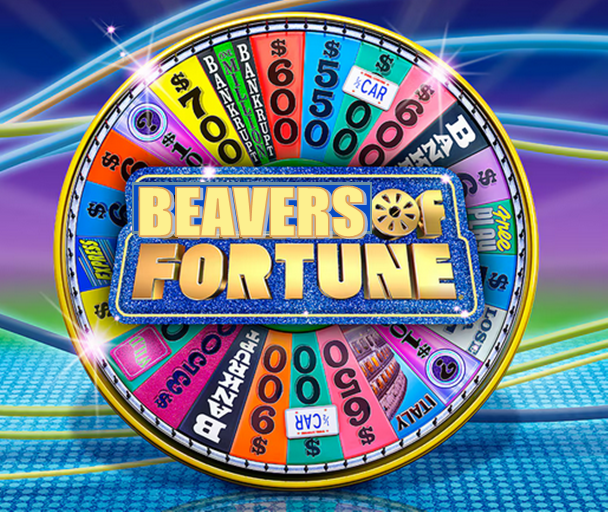Oregon is hard at work struggling to get people to see the beavers for the trees. Their first goal is to halt beaver trapping on public lands.
Beaver bill moving through Oregon legislature is aimed at improving water

On April 8, the House Committee on Climate, Energy, and Environment passed Senate Bill 3932 out of Committee by a vote of 7-4-1 and now heads to the House floor for a vote.
Oregon state legislators are on the verge of doing something historic. To the best of my knowledge, never before has a bill been signed into law anywhere in the country specifically aimed at protecting beaver on public lands with the purpose of improving water quality. The benefits, however, go far beyond just water quality.
You heard it here first!
If signed into law, this bill would bring an abundance of benefits to both human and wild communities here in the “Beaver State.”
HB 3932 is sponsored by Representative Marsh, Gorsek, Golden, Bowman, and Grayber, and joined by fifteen other co-sponsors. The bill digest for HB 3932 reads: “The Act prohibits a person from taking a beaver on public land within certain watersheds or near certain waters.”
Oregon has 310,464 miles of rivers and streams, but only 46% of them have been assessed for water quality. Of those assessed, 106,390 miles are already classified as impaired, falling into Category 4 or 5 under the Department of Environmental Quality’s water quality standards.
This bill would help address water quality by disallowing hunting and trapping of beaver on rivers, streams, and watersheds listed as “impaired” under the Clean Water Act.
Makes sense. Beavers improve water quality. When trappers kill beavers the water quality suffers. Good point.
Beaver dams improve water quality by lowering stream temperatures via creation of deep pools and increased inputs of cooler groundwater. By slowing down the flow of streams, sediment and pollutants settle out of the water. Additionally, the increased groundwater recharge contributes to cooler water temperatures which helps support healthier aquatic ecosystems.
The dams also lead to the creation of wetlands which are natural filters, trapping excess nutrients, heavy metals, and other contaminants. They are also natural firebreaks and help protect downstream water quality post wildfire by trapping soil and ash eroding off the hillslopes.
When beavers are not killed by humans they are able to build and maintain dams, expand wetland habitats, and provide ecosystem services as a result.
Beaver dams, and the ponds and wetlands they create, provide multiple important environmental benefits to human and wild communities.
Beavers are the gift that keep on giving.
One key contribution is enhanced water storage. The ponds and wetlands created by beaver activity help retain water on the landscape, which supports streamflow during dry periods and increases the frequency of groundwater recharge.
Beaver dams, ponds, and wetlands, also reduce the magnitude of downstream flooding by slowing and spreading out water flows in the headwaters.
Beaver wetlands create critical habitat for a wide range of species, including fish, amphibians, birds, and insects, promoting greater biodiversity; including species like elk, deer, trout, and salmon that hunters and anglers like to pursue. Hunters and anglers can look forward to the prospects of more habitat as a result.
The Oregon Department of Fish and Wildlife would also see a boost in its efforts to recover many species listed in the Oregon Conservation Strategy through beaver wetland expansion.
Efforts to protect beavers on public lands in Oregon and nationally have been ongoing for many years and it feels like this moment is a long time coming. Thank you to Representative Marsh and her partners for making this happen on behalf of all Oregonians and our precious fish, wildlife, and water resources.
All of these benefits can be realized by the taxpayer at little to no cost. Oregon could set an example for the entire nation to follow.
Makes perfect sense to me! Good luck ‘beaver state’.


 The Martinez Beaver Festival is celebrating its 16th year and like all sweet sixteens it deserves special attention. This year will be greeted with a host of your favorite bands, exhibits and projects. Children can earn beaver pond trading cards and paint their own tail. Adults can visit the many wildlife booths and get insight into beavers and the urban wildlife around them. Our silent auction has one of a kind treasures and great deals on adventures for the whole family. Once again the amazing chalk artist Amy Gallaher Hall will be creating a beaver mural for all to see.
The Martinez Beaver Festival is celebrating its 16th year and like all sweet sixteens it deserves special attention. This year will be greeted with a host of your favorite bands, exhibits and projects. Children can earn beaver pond trading cards and paint their own tail. Adults can visit the many wildlife booths and get insight into beavers and the urban wildlife around them. Our silent auction has one of a kind treasures and great deals on adventures for the whole family. Once again the amazing chalk artist Amy Gallaher Hall will be creating a beaver mural for all to see.








































